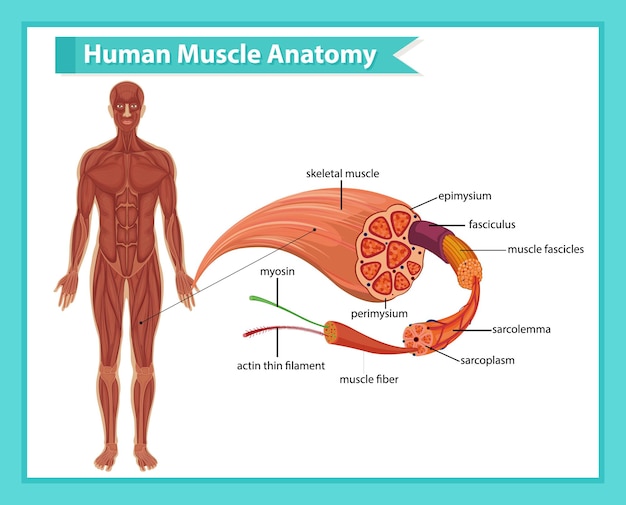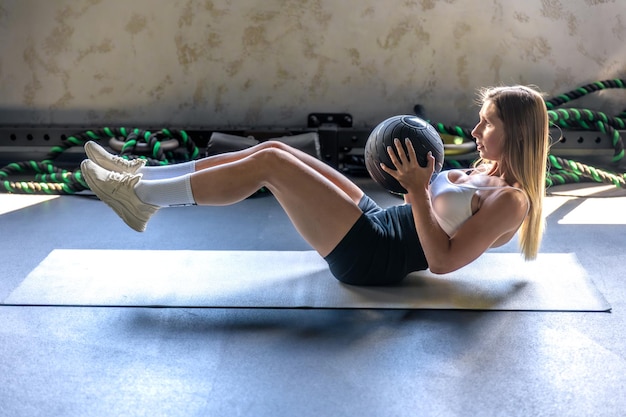Building strong core stability isn’t just about getting a six-pack—it’s about creating a solid foundation for movement, posture, and injury prevention. For teens, this is a crucial time to develop healthy habits that last a lifetime. Yet, many unknowingly make mistakes that slow progress or even cause setbacks.
In this guide, we’ll uncover 35 common errors sabotaging core development in teens—and how to fix them quickly. Plus, we’ll show you how to start fast, stay consistent, and measure results weekly to stay on track.
Your core includes more than just abs—it’s a network of muscles in your abdomen, lower back, pelvis, and hips. These muscles work together to stabilize your body during movement, improve balance, and support your spine.
For teens, strong core stability enhances athletic performance, reduces back pain, improves posture (especially with long hours of sitting), and boosts confidence in physical activities.

The key to success is starting simple and building gradually. Begin with just 10–15 minutes of core work, 3 times a week. Focus on quality over quantity—perfect your form before adding reps or intensity.
Use a workout journal or app to log each session. Track exercises, duration, and how you felt. This builds accountability and helps you see progress.

Consistent measurement keeps you motivated. Each week, test one or more of the following:
Try this beginner-friendly plan (3x per week):
Core stability is a journey, not a sprint. Stay patient, listen to your body, and celebrate small wins. Pair your workouts with good nutrition, hydration, and sleep for best results.
Remember: consistency beats intensity. Even 10 minutes a day adds up. Fix these 35 mistakes, stick to your plan, and you’ll build a stronger, more resilient core—fast.

Fitness

Fitness

Fitness

Fitness

Wellness

Fitness

Fitness

Fitness

Fitness

Health

Fitness

Health

Health